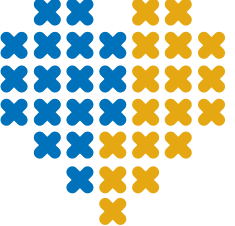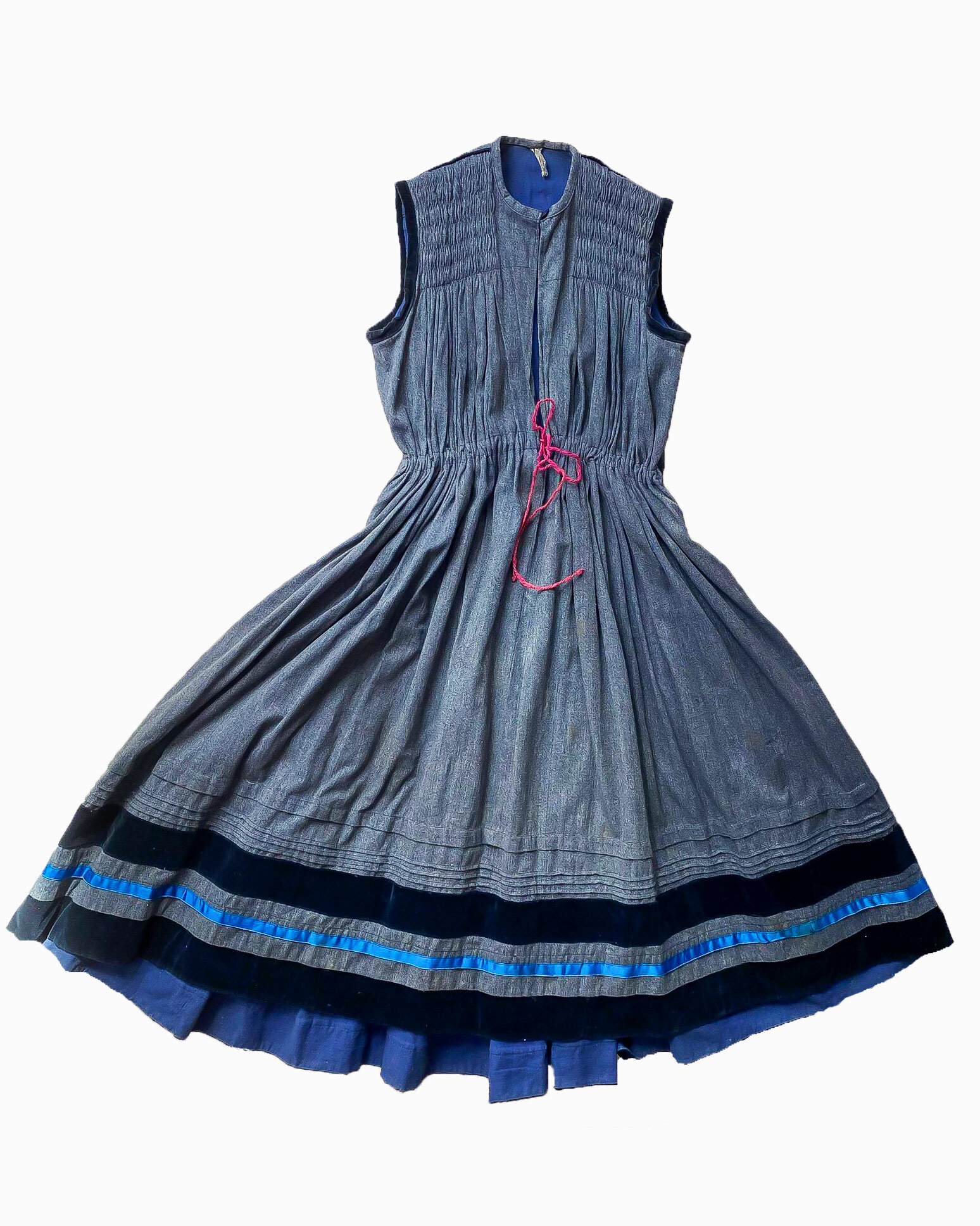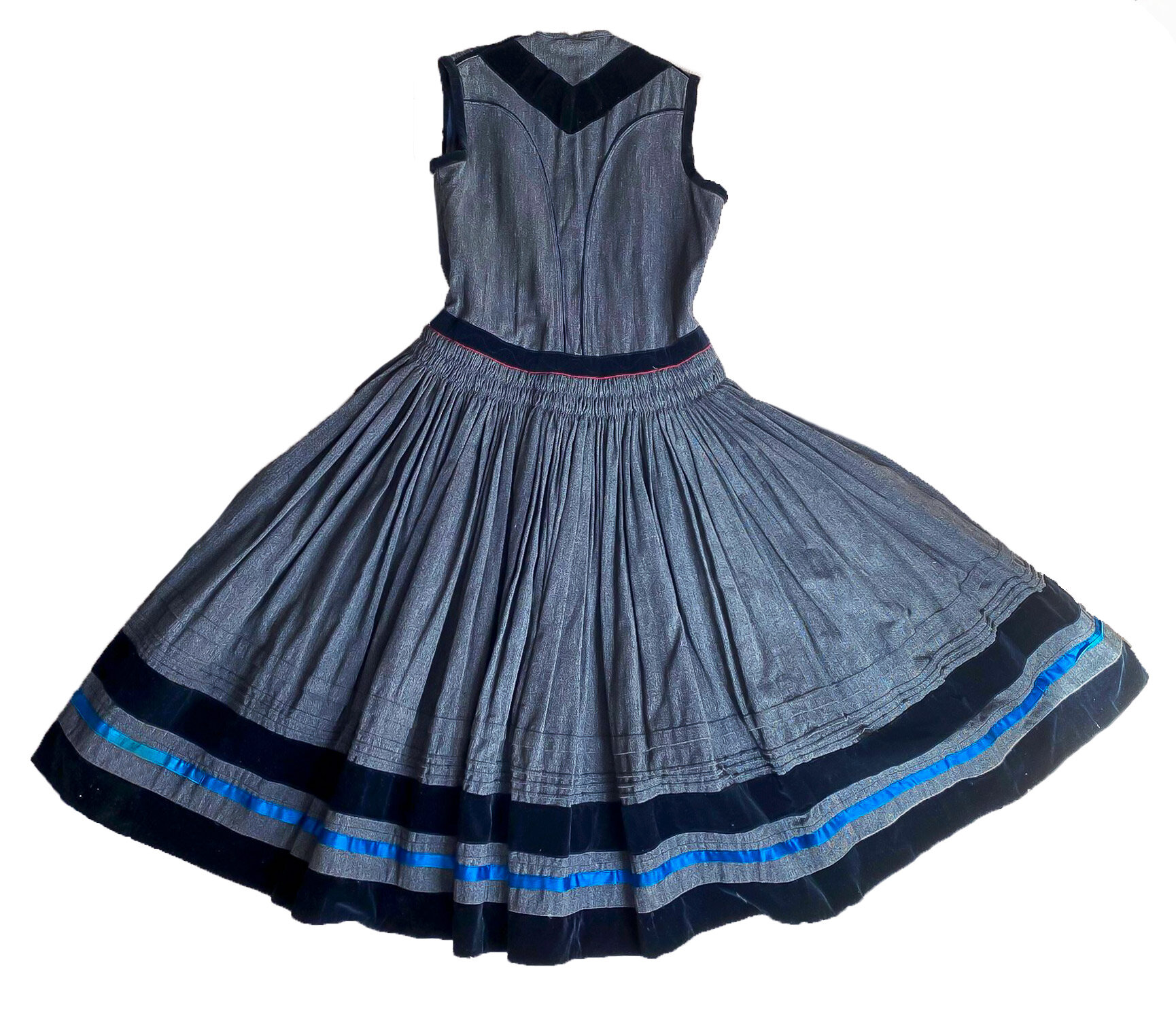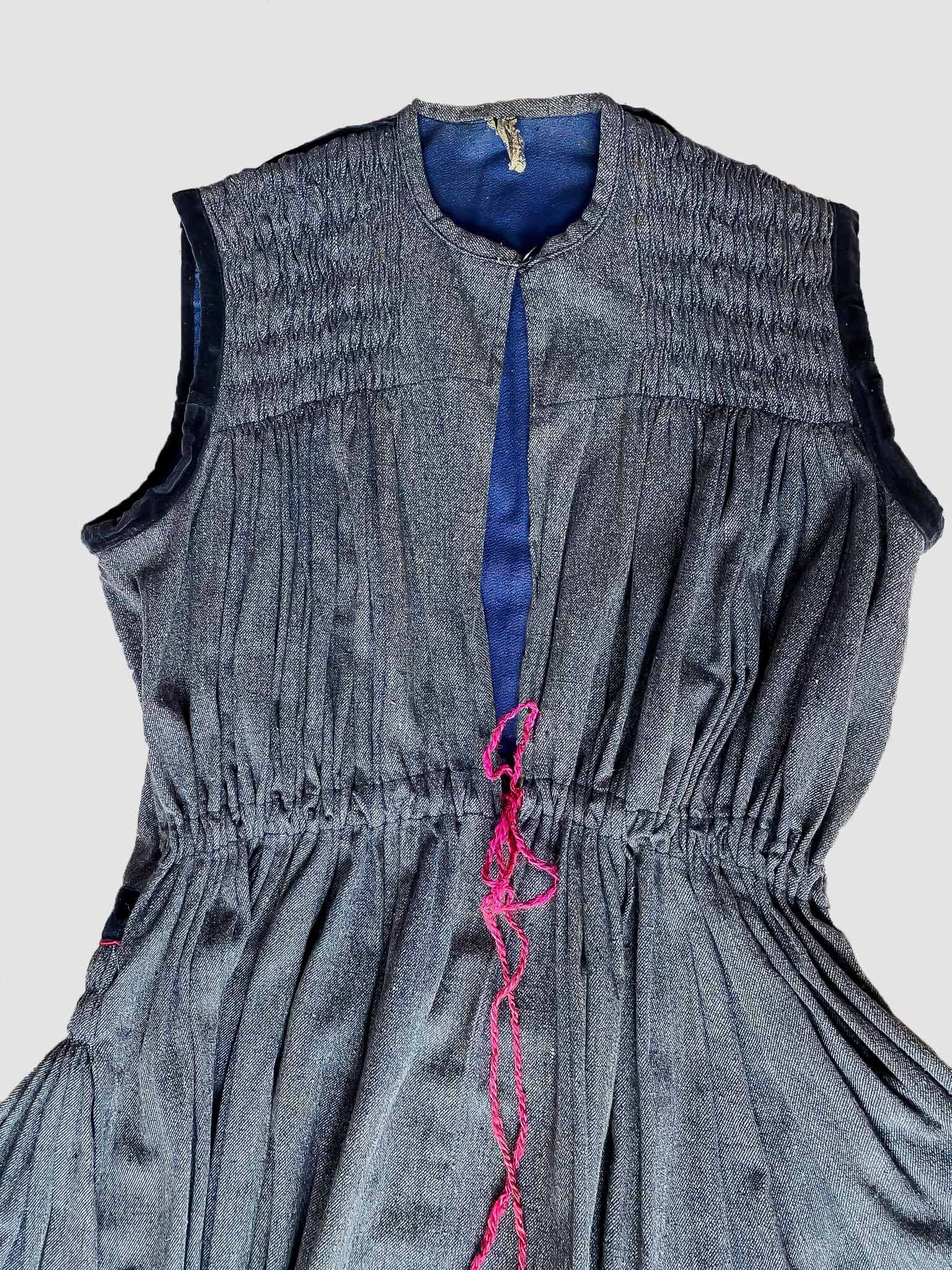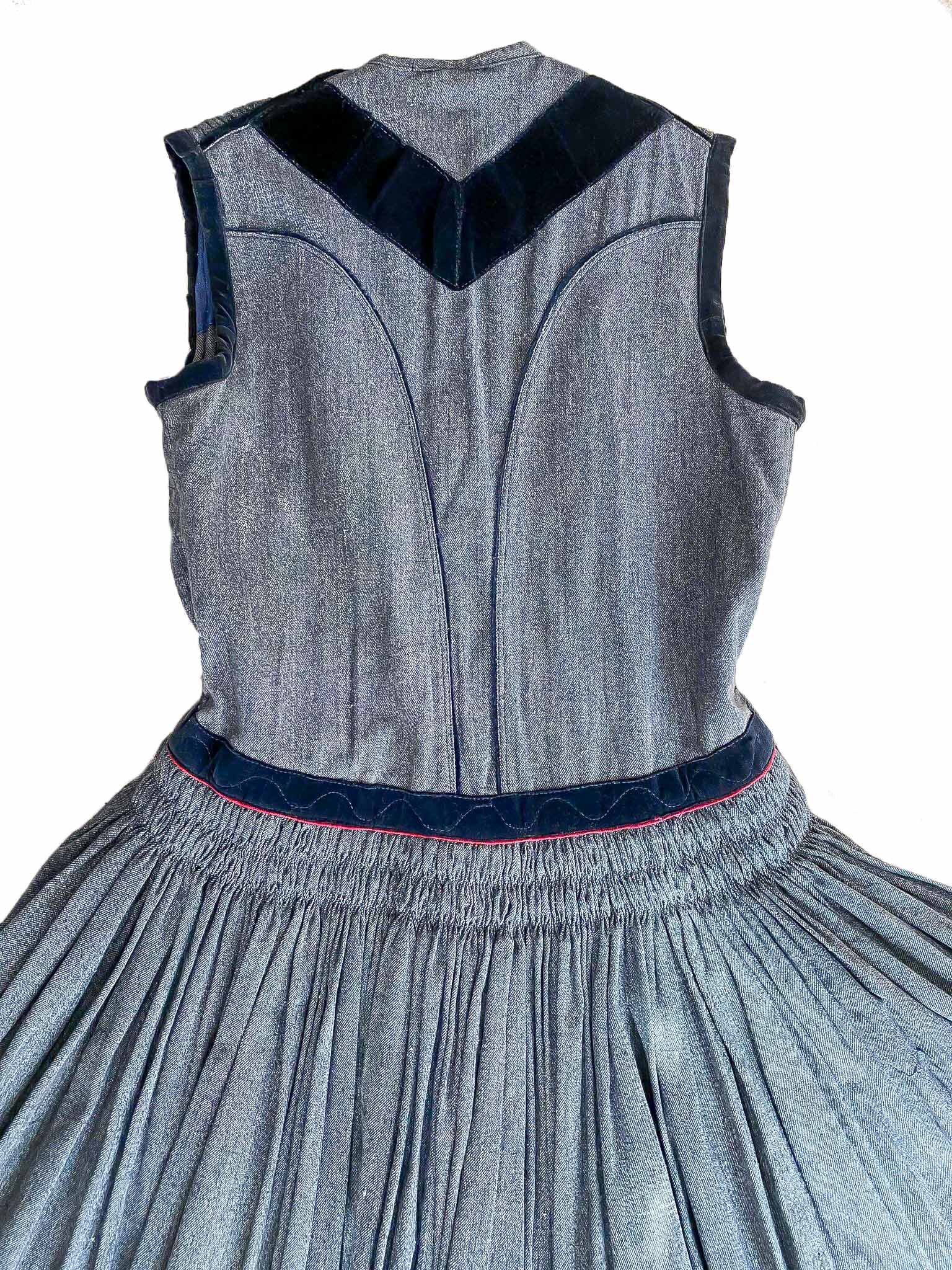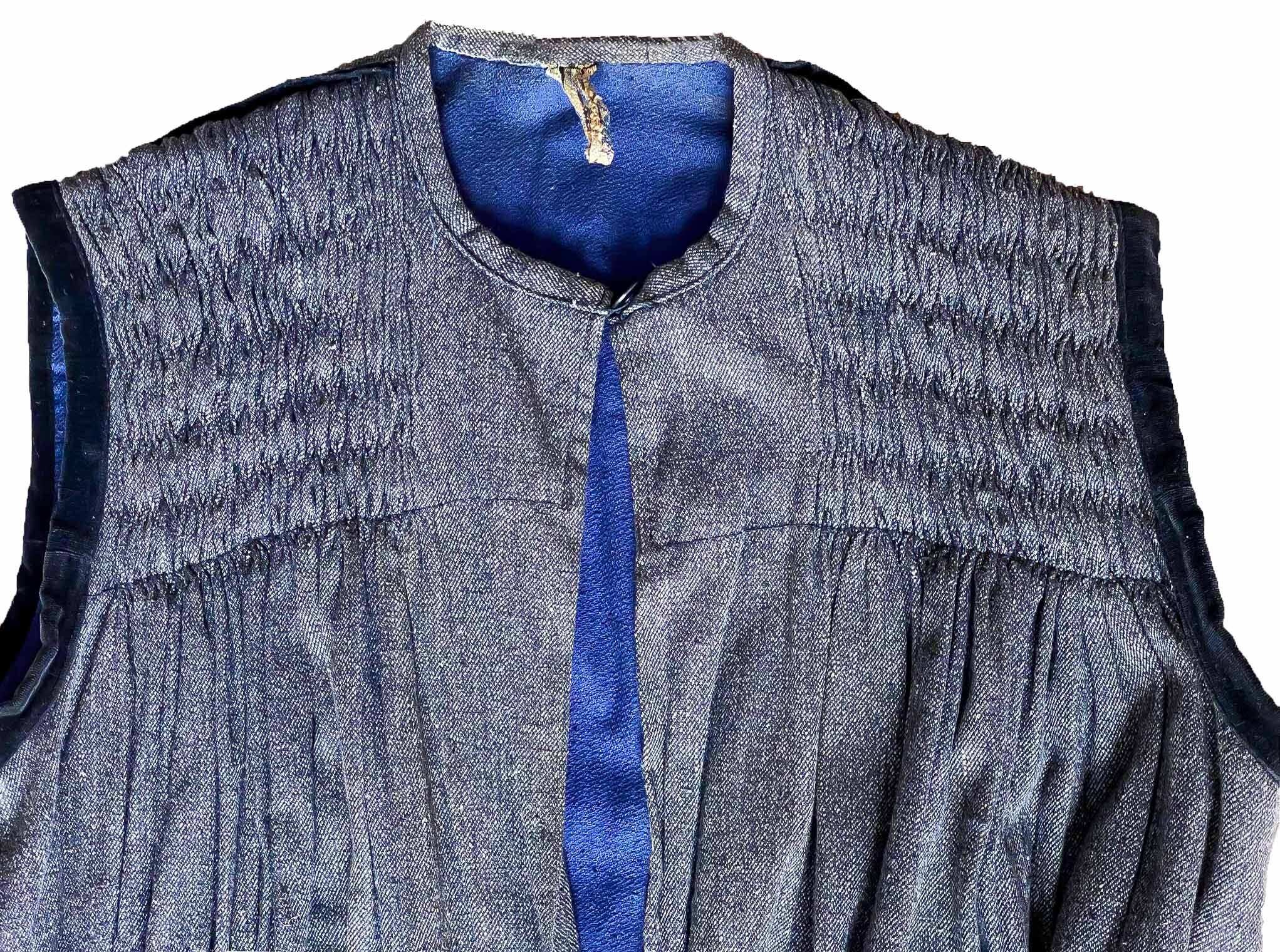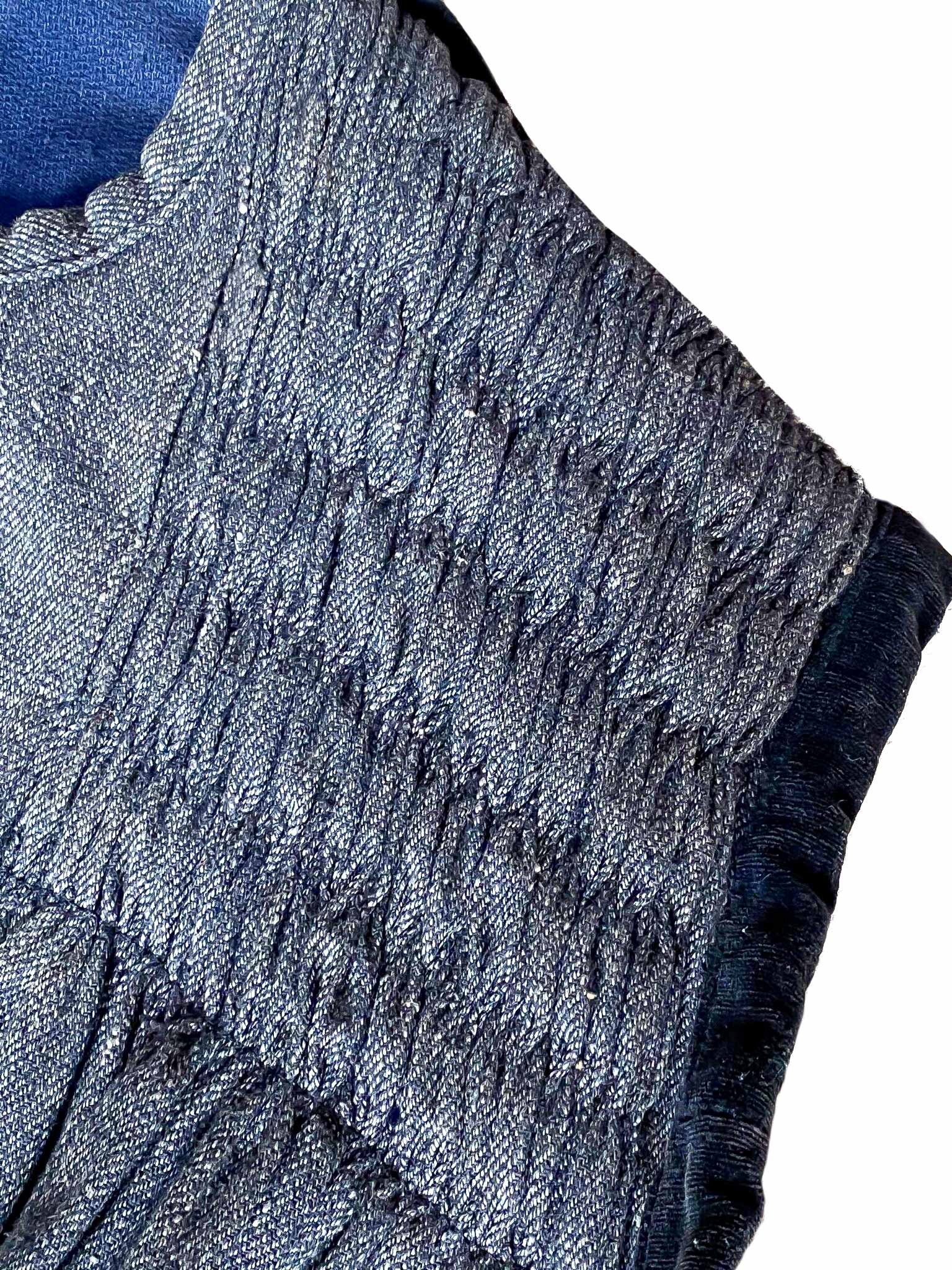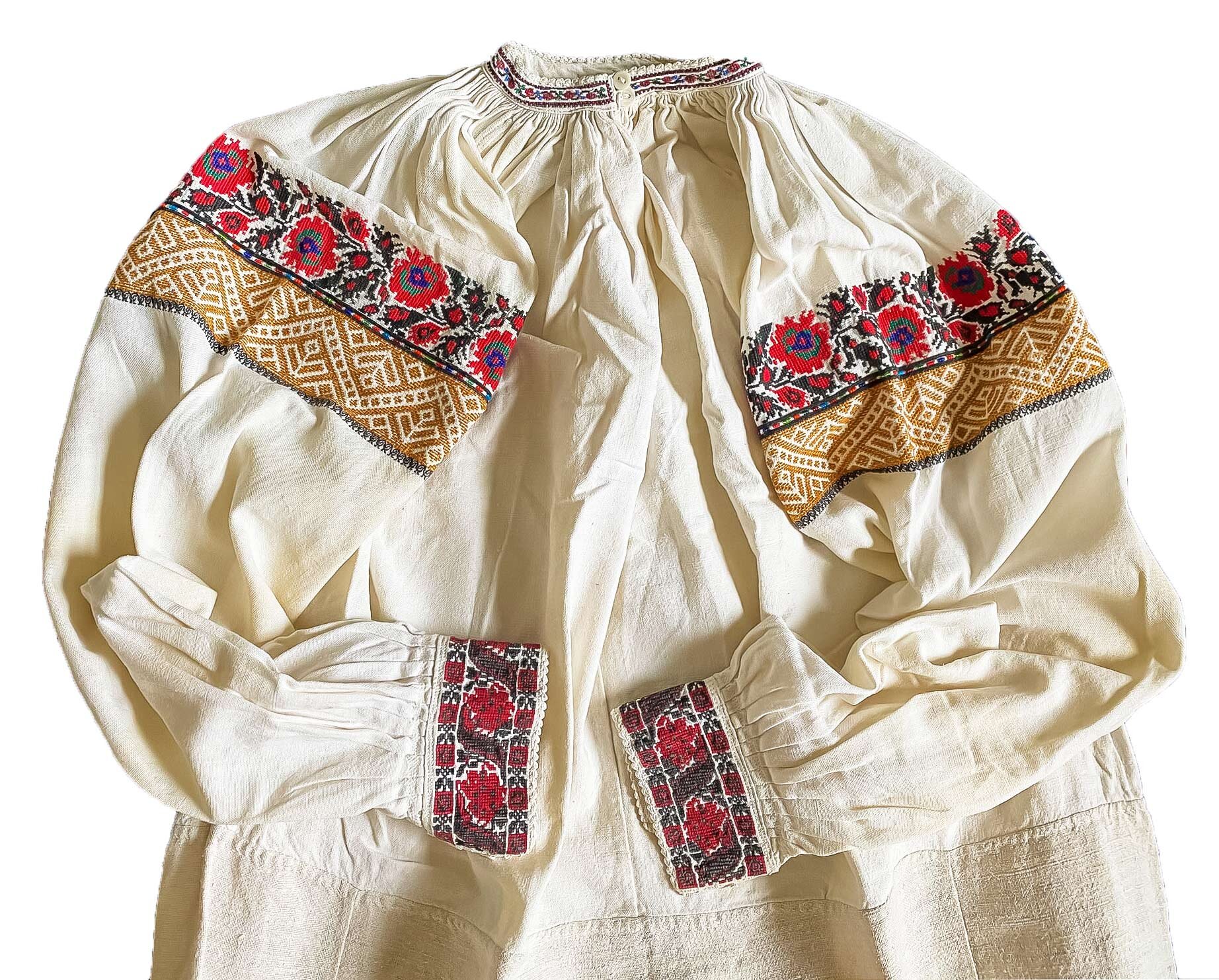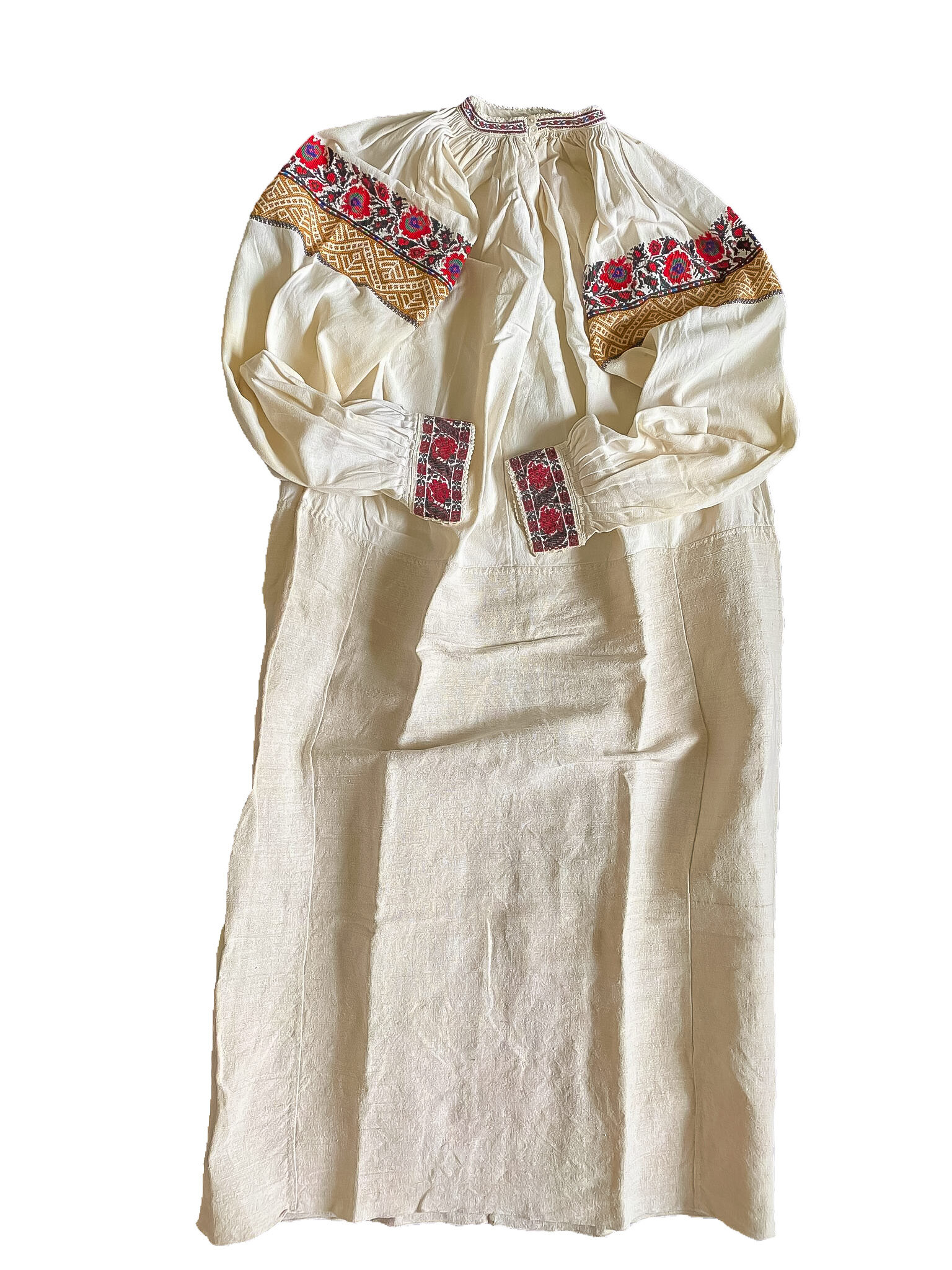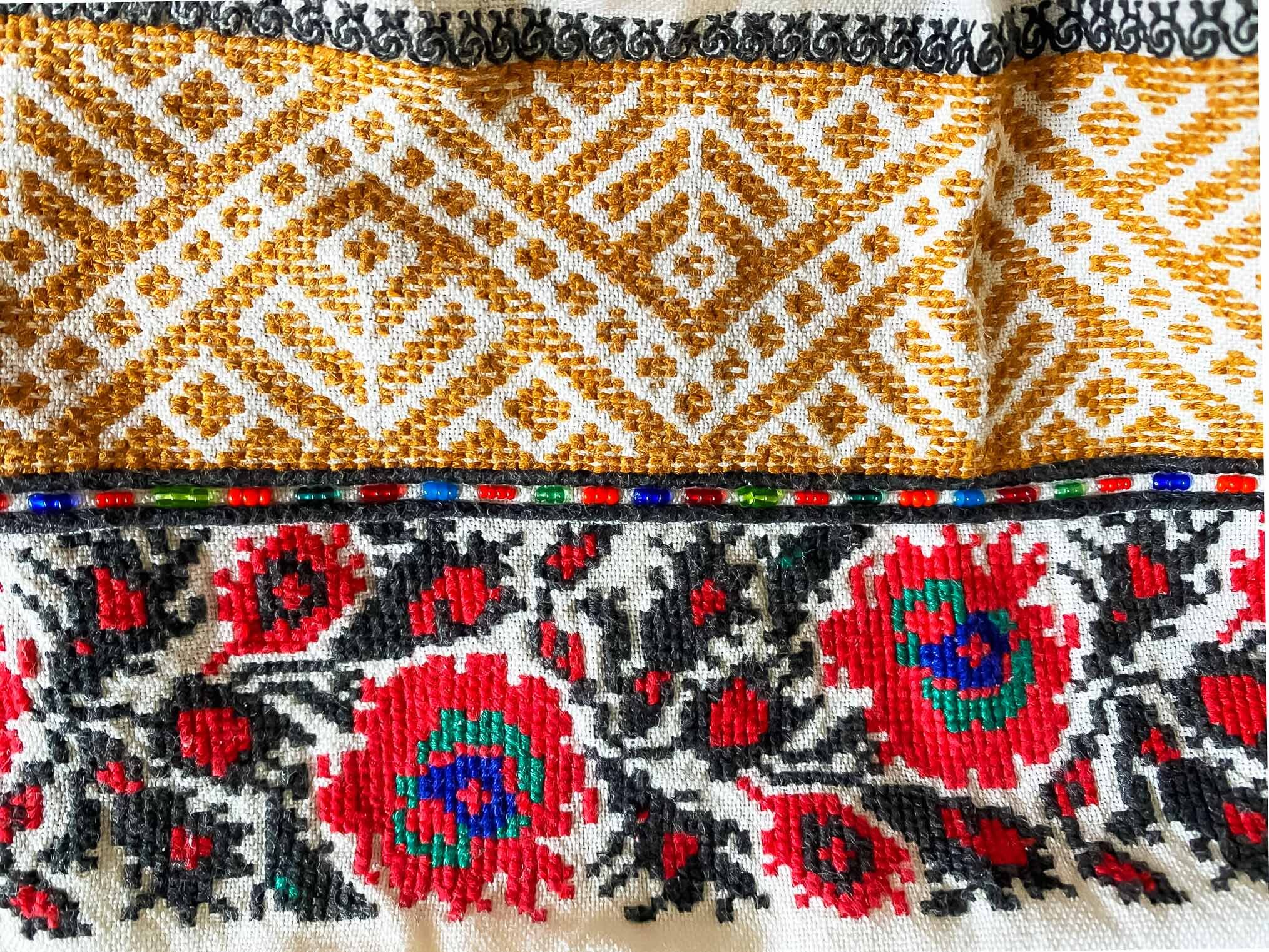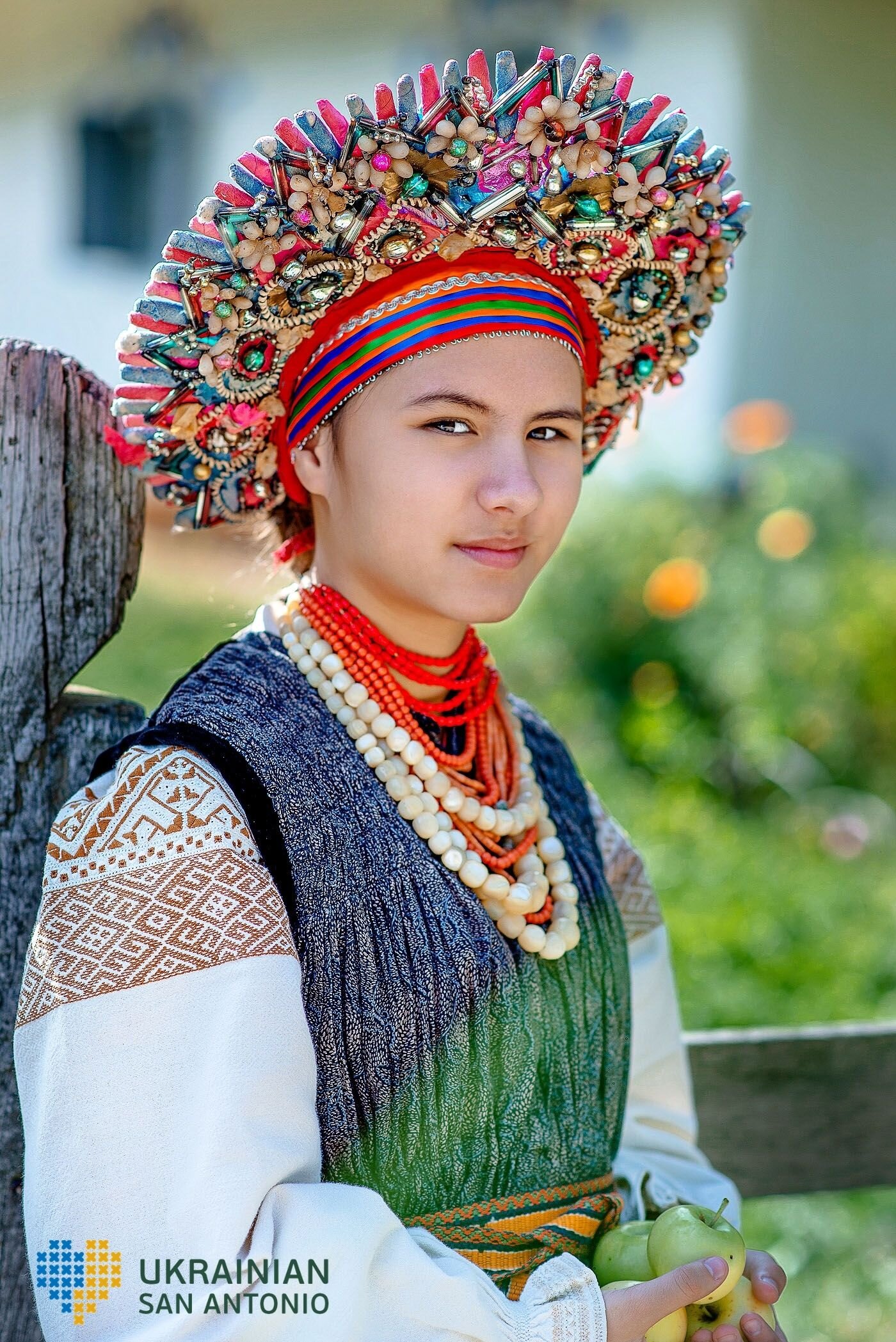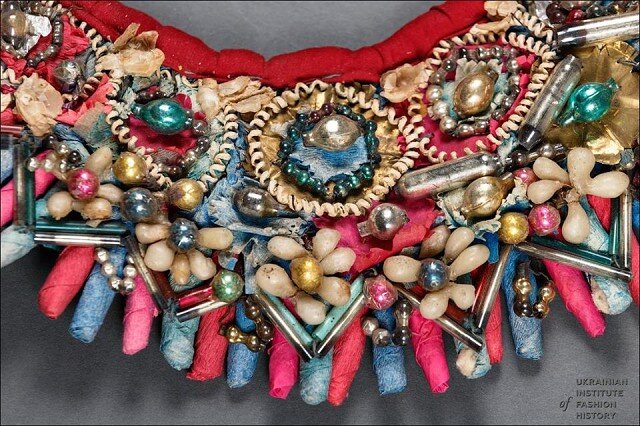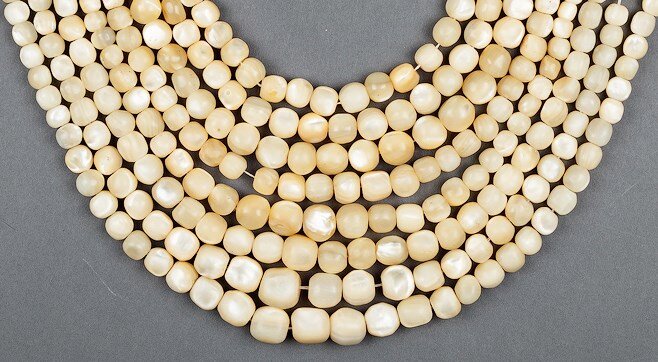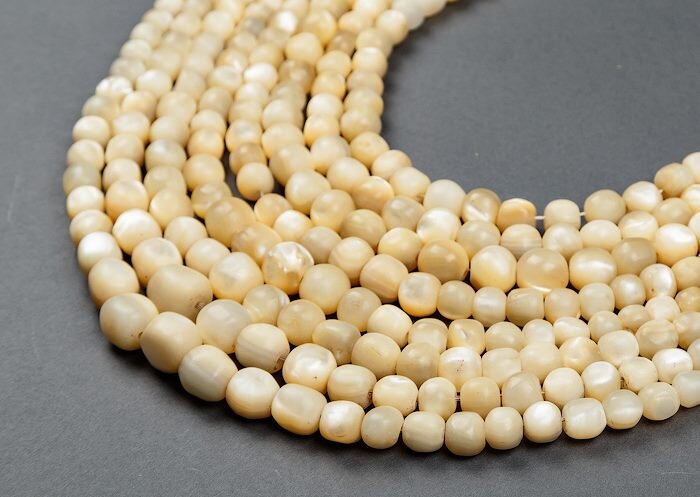Project “Батьківська Хата. Homestead.” - Overview of the Kodyma District, Odesa Region.
This is the second post of our Батьківська Хата. Homestead project. You can find the first post here. The goal of the project is to showcase the Ukrainian life of the late 19th / early 20th century from the all the main regions of Ukraine. The photographs for the project were taken at the Ukrainian National Museum of Folk Architecture and Life in Kyiv, Ukraine. All the clothes in the photographs are authentic and were provided by some of the most prominent ethnographers in Ukraine. People in the photographs are Ukrainians from Ukraine and Ukrainian diaspora from abroad.
In this post we will take a look at the architecture, clothing, and lifestyle of the Kodyma district, Odesa region.
The authentic clothes in the photographs below came from the private collection of famous Ukrainian ethnographer Volodymyr Schybrya. We are very grateful for the guidance and resources provided by Mr. Schybrya.
Below is a detailed description of each piece of the outfit:
Sharafan (шарафан) is a jumper dress worn over an embroidered shirt. It took 20-30 feet of fabric to create shirring and numerous pleats throughout this sleeveless and collarless dress. The bottom of the sharafan was usually decorated with ribbons of various colors and widths.
Hand embroidered shirt (вишита сорочка). The traditional embroidered shirt looked more like a long dress that was worn under other garments (sharafan, skirts, etc.). Embroidered shirts from this part of Ukraine have embroidery mostly on the sleeves and very little on the front of the shirt due to the simple fact that sharafan (jumper dress) left exposed mostly the shirt’s sleeves.
Kraika belt (крайка). Kraika belts were narrow, anywhere between 1” to 5” wide, but quite long, up to 15 feet. The kraika belt was used not only as a decorative element of the outfit but also as functional piece to gather and keep sharafan in place and to give shape to the outfit. Traditional Ukrainian garments were constructed without darts and belts were used to give shape.
Head wreath with “candies” (вінок «з цукерками»). This unique type of head wreath is typical for Odesa region. So-called “candies” were made out of cotton balls rolled into a cigarette shape and then wrapped in a corrugated paper. Wreath was also decorated with glass and other types of beads.
An antique photo of two young Ukrainian women wearing “candies” head wreaths.
Ribbons (стрічки)
Boots (черевики)
Coral necklace (коралове намисто)
Balamuty (баламути), necklace made from petrified mother-pearl.
The homestead in the photograph below is from the village of Puzhajkove in Balta district, Odesa region. Visit the National museum’s page for a detailed description of this homestead.
This type of house was called trydilna (“try” means three in Ukrainian and pronounced as in trip). The house consisted of three parts: an entry hall (siny), a living space (hata), and a pantry/storage (komora).
From outside, the house looks like a typical house from that time but it has a very uncommon floor plan: two living spaces of almost equal size (hata) and very small pantry/storage (komora).
At that time, only well-off villagers could afford to use the entire build as living quarters. One living area was used by parents and unmarried children and the other by a married son, as women went to live with husband’s family after getting married. The poorer villagers used half of the house as living space (hata) and the other half as pantry/storage (komora).
The house was built from locally available materials. The timber framing of the house was specifically designed for a non-load bearing infill material called saman, a clay-straw mixture.
In order to make the saman, the wet clay was mixed with dry straw in a small pit near the construction site. The mixing was often done by feet stomping the clay-straw pit, similar to Italian grape-stomping. The saman mixture was then used to fill the walls in the framing or sometimes wooden logs were rolled in the saman and laid down to build walls. The saman covered logs were called civka (цівка). Today, many eco-friendly houses are built using this clay-straw infill technique.
To give the house a more aesthetic appeal and provide a protective coat for the clay-straw infill, the inside and the outside were whitewashed with vapno, a mixture of lime and water. Every spring right around Easter housewives whitewashed the houses to prepare for the holidays and also to maintain this protective coating.
Houses were decorated with various floral motives inside and outside. These decorative paintings also had to be refreshed or repainted annually.
Some houses even had outside shutters, like the one on the photograph below.
The four sloped (pyramid) roofs were thatched from local water reed. Dry reed does not absorb water easily, which makes it a good water repellent material for the roof. As visible in the photograph above, the reed was also tightly woven which further prevented water seeping through. Additionally, the air pockets among reed straws created an excellent insulation layer that kept the house warm in the winter and cool in the summer. Even though thatched reed roofs were quite thick, they were not heavy.
The property was marked with a simple fence to keep animals and strangers from wondering onto the grounds.
A tall wooden construction in the photograph above is a crane water well. Usually, several families in the area would use the same well to supply water for their homes. These types of crane water wells were very popular in Ukraine and are featured in many old paintings.
The inside layout of the house was very typical of a traditional Ukrainian house, where the pich (pronounced like peach), an indoor wood-fired oven made out of clay, took up almost a quarter of the living space. The inside of the house was whitewashed and decorated with various flower motifs.
Old houses like this one had built-in furniture such as pil (rest area), benches, shelves and a zherdka (rail for garments). See the photograph above. These items were constructed along with the house and were an integral part of the building. There were no closets back then and clothes, along with other items, were hung on the zherdka (built-in garment rail).
The house had a few portable furniture pieces: a table, stools of various sizes, a crib, and a chest.
Location: http://www.pyrohiv.com/
Model: Nina Pham Tatyana Goncharova
Clothes from the private collection of Volodymyr Shchybrya
Project organizers: Olenka Bravo, Natalia Sturgill, Olena Khrystyuk, Olena Garcia, and Viktoriya Lundblade
Photographer: Svitlana Zadorovska
